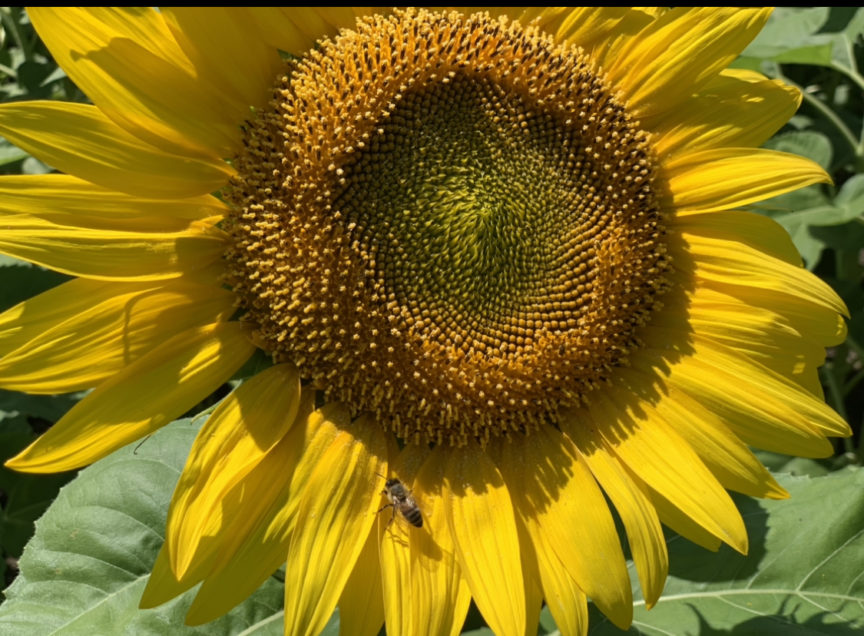There’s a lot more to our gardens and beloved plants than we realise. Some amazing secrets are hidden in our gardens. Here are some super interesting facts that you maybe didn’t know …
A sunflower is not just one flower. The sunflower is a huge flower, but the head or fuzzy brown center actually contains 1,000–2,000 individual flowers. Each of those individual flowers will produce a sunflower seed.
Plants really do respond to sound. Talking to plants to help them grow is a well-known old gardeners tale, but studies have shown vibration (like music, or perhaps even the sweet sound of your voice) can positively affect plant growth.
Butterflies might be more attracted to your weeds than your flowers. Colorful blooms aren’t the chief reason these insects love your garden – it’s more about the fragrance and nectar. Some cultivated plants that have been grown for brighter or bigger blooms, have lost the strength of their scent or aroma over the years, so butterflies may gravitate to dandelions or clover instead.
A wishbone flower is real. Torenia, a shade-loving annual, is called the wishbone flower. Look for tiny wishbone-shape stamens inside the purple, blue or burgundy petals. (We carry purple and yellow at Thuss Greenhouses)
What flower was once more valuable than gold? During the 1600s, tulips were so valuable in Holland that their bulbs were worth more than gold. The craze was called tulip mania, and caused the crash of the Dutch economy. Tulips can continue to grow as much as an inch per day after being cut.
What flower resembles a dragon? If you thought this showy flower existed only to provide eye candy to the world as it flourishes in your garden, you missed knowing about the surprise that awaits if you interact with one of these snapdragon blooms. Choose a bloom and squeeze the sides to watch a dragon’s mouth open and close. Do it a couple of times for fun. Your snapdragons won’t mind.
What fruit has seeds on the outside? The average strawberry has 200 seeds. It’s the only fruit that bears its seeds on the outside.
You can change a hydrangea’s color by altering the pH level of the soil. A more alkaline soil will result in pinker blooms, while more acidity will produce blue blooms. Adding more organic matter to your soil, like egg shells and coffee grounds can help make the soil more acidic and turn the flower’s color blue. This doesn’t happen overnight, but gradually over a period of time.
Add baking soda to your list of benefits for your garden. Just a few teaspoons can boost the sweetness of your tomatoes because this household staple acts to reduce acidity. You may already be aware of how dramatically acidic/alkaline soil impacts plants if you grow hydrangeas.
Greenhouses have been used since Roman times! Romans used semi-transparent minerals such as selenite or mica – and oiled cloths stretched over frames to grow cucumbers for the emperor at his palace on the Isle of Capri. The plants would be planted in wheeled beds and taken outside during the day to benefit from the sun and warmth, before being taken inside at night. After the Romans, it took many centuries before effective greenhouses could be built again.
Gardening is beneficial to your health. Tending to plants helps the brain produce serotonin, “the happy chemical”. Gardening is a mood booster on those dreary days and can help improve physical, psychological and social health.
So let’s get gardening!!

